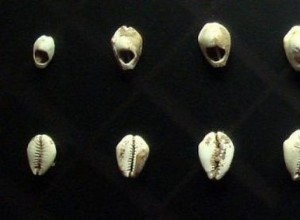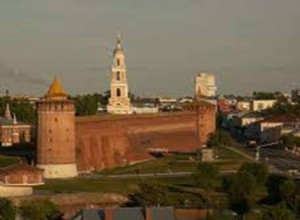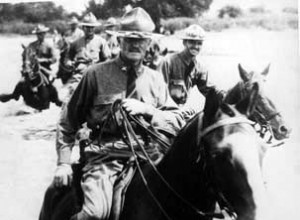Economists define money as everything that is generally accepted in payment for goods, used as a medium for exchange, and expressed as the standard unit in which prices and debt are measured. It is by definition something valuable. However, currency from ancient history is the tangible form of money




